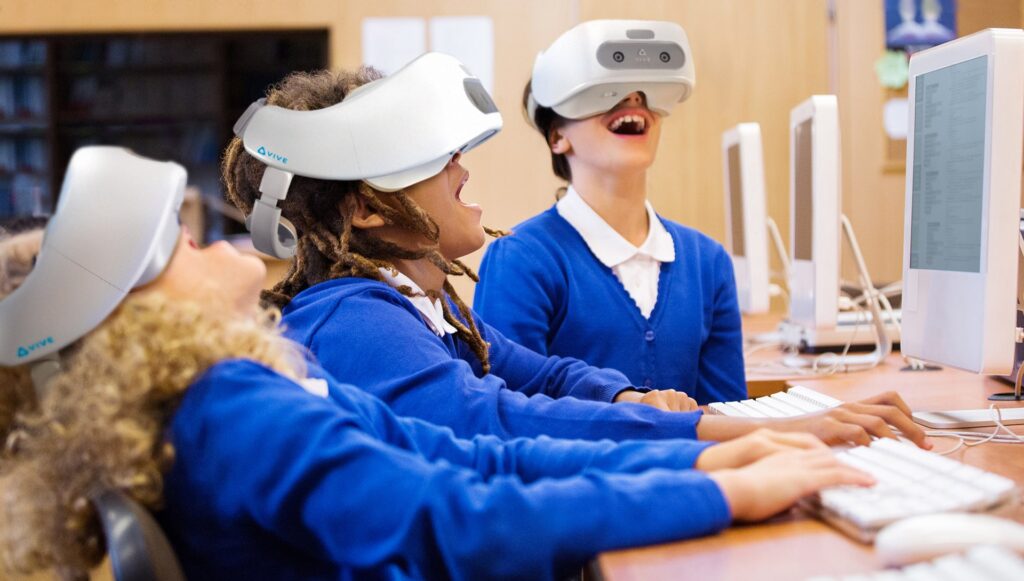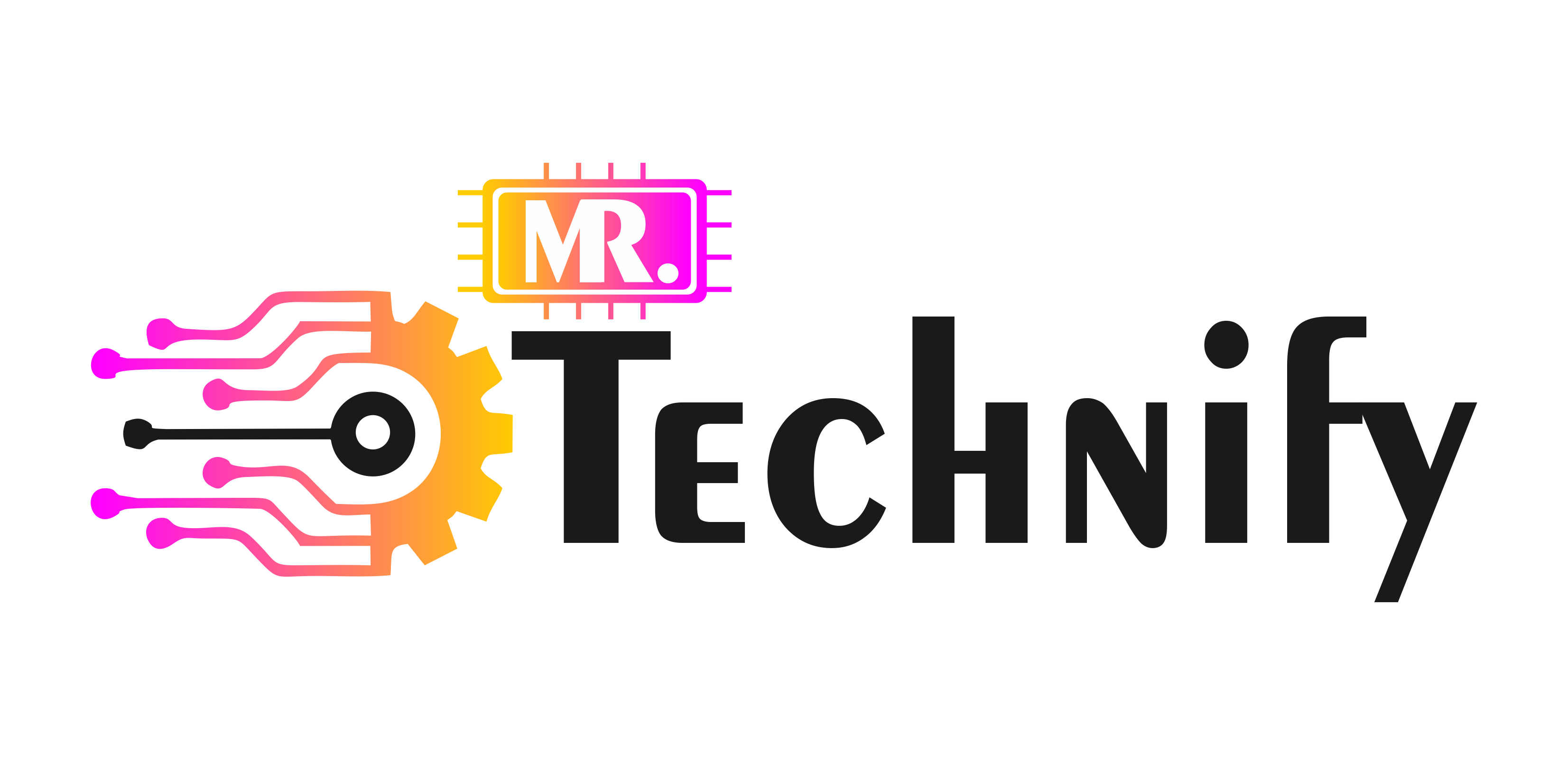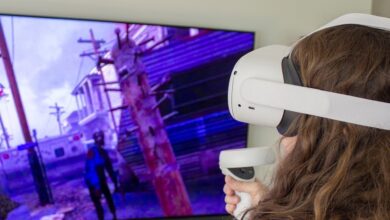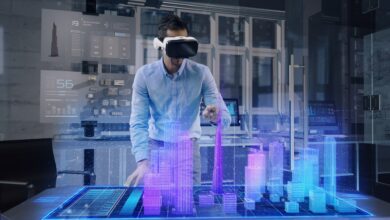Introduction
VR in Education is no longer a buzzword but a reality. It represents a significant transition in the delivery of educational content. Imagine you could walk on the Great Wall of China instead of reading about it. Or, instead of dissecting a frog in biology class, you could examine the amphibian’s anatomy in three dimensions without injuring the animal. This is the potential and force of Virtual Reality in education. This article investigates how this innovative concept is shaping the future of education.
The Concept of Virtual Reality
-
Definition
Virtual reality is an experience that replicates a new reality, one that may resemble the actual world or be entirely unrelated to it. It all comes down to offering people technologically immersive experiences that take them to a new dimension.
-
Key Components of VR
A VR headset, computer-generated simulations, and interaction are the three essential elements of VR. Users may engage with the virtual environment as if it were the actual one because of the immersive experience that combines these aspects.
The Rise of VR in Education
-
Benefits of Virtual Reality in Education
Have you ever thought of exploring the ocean’s depths or walking on the surface of Mars during a geography or science lesson? With VR, it’s possible. It turns boring theoretical concepts into interactive sessions, improving student engagement and motivation.
-
Enhanced Understanding
By allowing students to visualize complex concepts, VR helps enhance comprehension. It bridges the gap between knowledge and understanding, providing a 3D perspective that textbooks can’t.
VR in Different Education Sectors
-
Elementary and High School
VR can enhance learning experiences in these settings, making them fun and interactive. Whether it’s learning about wildlife, astronomy, or historical events, VR can bring these subjects to life.
-
Higher Education
Universities and colleges increasingly use VR for subjects like medical training, architecture, and engineering. The 3D simulations allow students to gain practical skills without real-world risks.
-
Special Education
For students with special needs, VR can offer customized and adaptive learning experiences. It caters to different learning styles, making education more inclusive.
The Future of VR in Education
With the continual advancements in technology, it’s only natural to anticipate more widespread use of virtual Reality (VR) in educational settings. It’s likely to be the norm rather than the exception, offering all personalized and immersive learning experiences.
-
Overcoming Challenges
While VR offers immense potential, it’s not without challenges like cost and accessibility. However, as more affordable and user-friendly VR solutions emerge, we will surely see increased adoption in educational institutions.
Conclusion
Indeed, VR in education alters how we teach and learn. Despite the challenges that must be addressed, the advantages of this new era of education for both students and teachers are immense and invaluable. Prepare yourself for a time of excitement!
FAQs for VR in Education
How does VR work in education?
VR in education works by providing immersive and interactive learning experiences. Students can visualize complex concepts, improving their understanding and retention.
What are the benefits of VR in education?
Benefits include improved comprehension of complex topics, raised student involvement, tailored learning experiences, and training in valuable skills.
What are the challenges of VR in education?
High cost, limited accessibility, and the need for technical training to operate VR apparatus are obstacles.
What is the future of VR in education?
The future of VR in education looks promising with the expectation of wider adoption, more advanced technology, and increased affordability.
Rate our Article(VR in Education: A New Era of Learning)How much do you like our Article








